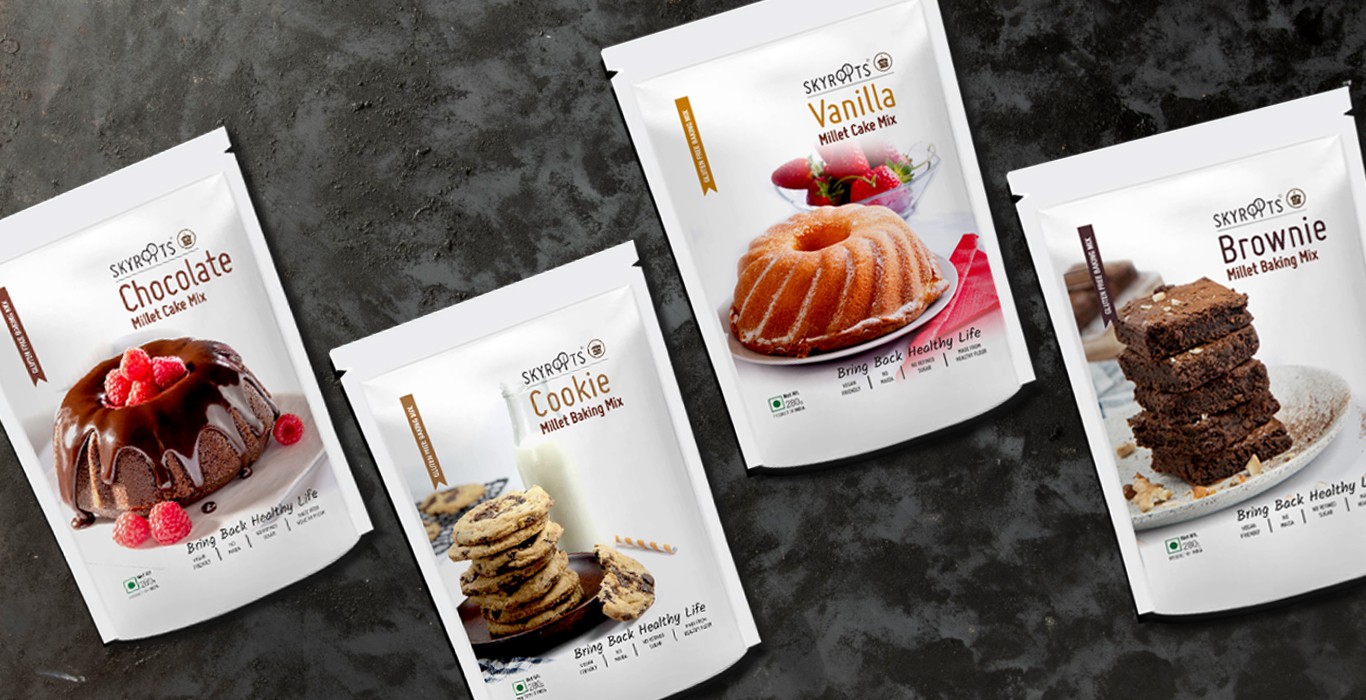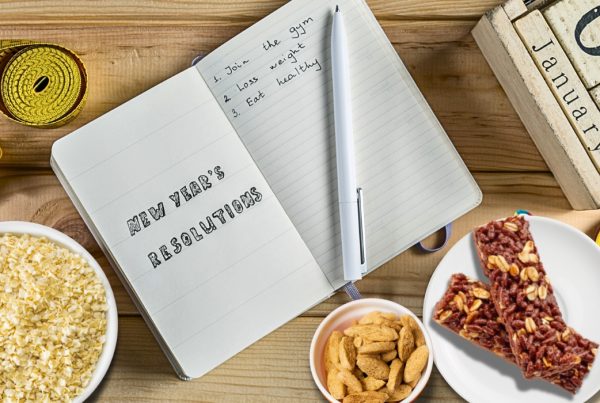These days you must have heard people going gluten-free. One of the prime reasons for this is the lowering of immunity of people, resulting in allergies, to otherwise commonly used ingredients like wheat and milk. People have developed gluten allergies and even lactose intolerance, which wasn’t the case earlier. But allergen free food does not mean boring food. Gluten-free food too can be fun and tasty. How about some gluten-free baking? Curious? Read on,
Let’s first understand what gluten is and what does going gluten-free mean?
Gluten is a kind of protein found in wheat and barley. It gives chewiness and structure to the grain; it helps keep you satiated and full for a longer time.
A gluten-free diet means excluding these grains from the diet and eating whole foods like fruits, vegetables, meat and eggs. There are a few sources, like millets, which are naturally gluten-free. You can include them in your meals if you are going gluten-free.
In baking, gluten plays a major role in trapping the air released by leavening agents like yeast and baking soda. So if you want to bake gluten-free, you need a suitable flour substitute.
Baking with gluten-free flour and all you need to know about it:
The composition and ingredients measures vary for gluten-free baking, as gluten-free flour absorbs more water and contains fine starches. So the batter for baking is looser than all-purpose flour. Gluten-free flour needs slightly more leavening agents or eggs. The traditional baking batter shouldn’t be over-mixed, but when it comes to the gluten-free batter, over-mixing is beneficial, as it provides more structure to the batter. A gluten-free batter needs to be rested for at least 30 minutes before baking. It needs less kneading than traditional batter and their baking time is slightly higher too as it’s looser than the traditional batter. The final product too, might be light and crumbly as compared to a traditional cupcake or cake.
Protip:
Rather than just trying baking with gluten-free flour, try to combine it with other healthy ingredients like banana – to make banana bread, peanut butter to make cookies, oats to make muffins, and carrots for cake. Adding these will not only give flavor but also texture to the dish.
For gluten-free baking, the yeast needs to be activated well. If the yeast is not frothy within 15 minutes after mixing it with warm water and sugar, then discard it. The baking becomes difficult with inactive yeast and the bread or muffin won’t fluff up.
Texture check :
If it’s too dense, add more baking powder.
If it’s too dry add more liquid and if it’s thinner, then increase the resting periods.
If it is too gummy, lower the temperature and increase the cooking time.
Do not compare the gluten-free bread to normal gluten bread, the texture, flavor, feel, and look varies, but they are equally delicious and most importantly healthier than regular traditional bread. Be it millet bread or millet cake it’s far healthier than regular breads and cakes.
A combination of millet flour which is fine, tender, and mild with oats flour, tapioca flour, or any gluten-free flour makes a perfect replacement for all-purpose flour. It is most versatile to use in this combination.
A little bit about Millets
Millets have been the staple food for many Indians for 10,000 years. It is, nutty, buttery in flavor, and powdered in texture, so millet baking is flavorful and much more convenient. Easily available, cost-effective, high in fiber, rich in phosphorous, manganese and magnesium, millet flour is a perfect option for those looking for a gluten-free baking substitute.
It is also a good option for people suffering from diabetes, or even undergoing weight loss program. Bakery products made of millet are more delicate. These days celiac diseases and gluten allergies are so common that gluten-free bakery pre-mixes or millet based bakery pre-mixes are easily available. As millets are nutritious, contain microbiome friendly fiber for good gut health, have low glycemic carbs and have higher antioxidants, weight watchers or health-conscious people too have started opting for millet bread / gluten-free bread and bakery products.
Wrapping Up
If you love baked products, then instead of opting for the traditional baking recipes, switch the maida, all-purpose flour or wheat with millets! A healthy, gluten free baking option that can be enjoyed by the whole family. Have you tried SkyRoots gluten-free baking pre-mix range? Try it today and dish out healthy bakes that you can enjoy without the guilt or the allergies.







